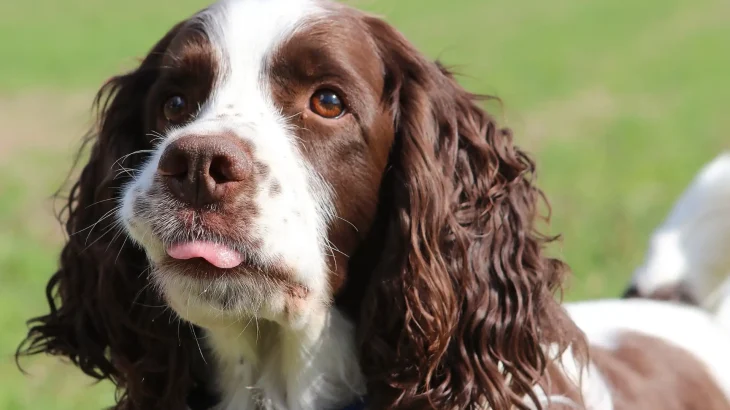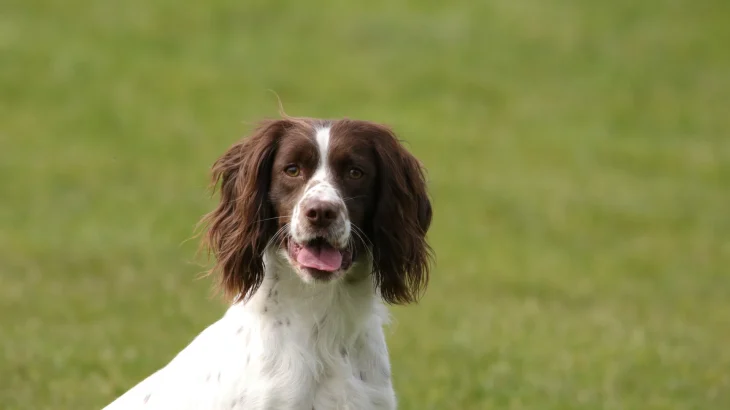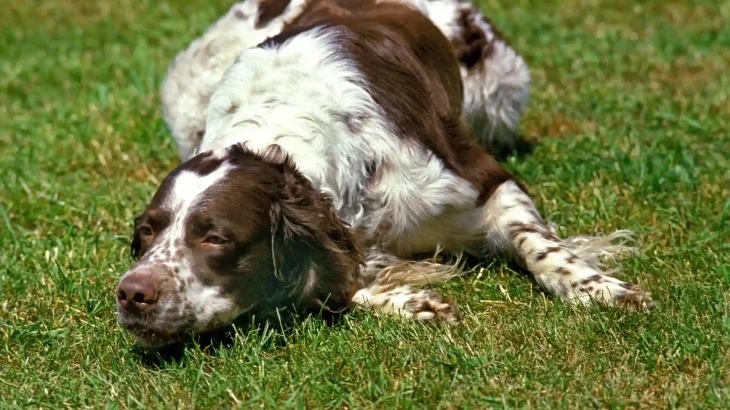Deciding whether to adopt or purchase a French Spaniel puppy depends on what matters most to you, such as cost, health certainty, and supporting ethical practices. Purchasing from a breeder tends to offer clarity on lineage and health, while adopting can be a more affordable way to provide a loving home to a dog in need.
Adoption vs. Breeder: Pros & Cons
| Criteria | Buying from Breeder | Adopting from Shelter/Rescue |
|---|---|---|
| Cost | Usually higher, often ranging from $1,000 to $2,000 due to breed specifics. | Lower adoption fees, typically between $100 and $400. |
| Health History | Breeders often provide detailed health screenings and genetic testing results. | Health records may be limited or incomplete, but initial veterinary care is often included. |
| Age Availability | Primarily puppies, which lets you raise your French Spaniel from early days. | Wide range of ages available; puppies are less common. |
| Temperament Insight | Breeders can share lineage temperament traits and socialization info. | Shelter staff can provide behavior observations, though full history might be unknown. |
| Supporting Practices | Supports breed preservation if breeder is ethical and reputable. | Supports animal rescue efforts and reduces shelter overpopulation. |
| Ethical Considerations | Important to verify breeder's reputation to avoid supporting puppy mills. | Rescues give dogs second chances but may vary in breed purity verification. |




















































